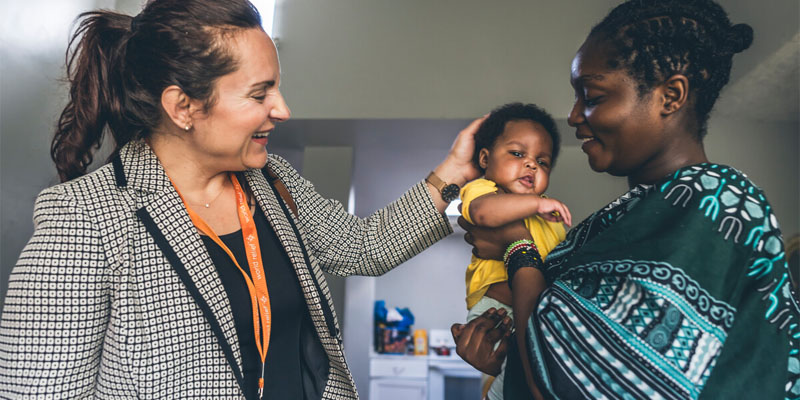Recognizing Child Abuse & Neglect
Recognizing Child Abuse and Neglect: Signs and Symptoms
The first step in helping abused or neglected children is learning to recognize the signs of child abuse and neglect. The presence of a single sign does not prove child abuse is occurring in a family; however, when these signs appear repeatedly or in combination you should take a closer look at the situation and consider the possibility of child abuse. The following signs may signal the presence of child abuse or neglect.
The Child:
- Shows sudden changes in behavior or school performance.
- Has not received help for physical or medical problems brought to the parents' attention.
- Has learning problems (or difficulty concentrating) that cannot be attributed to specific physical or psychological causes.
- Is always watchful, as though preparing for something bad to happen.
- Lacks adult supervision.
- Is overly compliant, passive, or withdrawn.
- Comes to school or other activities early, stays late, and does not want to go home.
The Parent:
- Shows little concern for the child.
- Denies the existence of-or blames the child for-the child's problems in school or at home.
- Asks teachers or other caretakers to use harsh physical discipline if the child misbehaves.
- Sees the child as entirely bad, worthless, or burdensome.
- Demands a level of physical or academic performance the child cannot achieve.
- Looks primarily to the child for care, attention, and satisfaction of emotional needs.
The Parent and Child:
- Rarely touch or look at each other.
- Consider their relationship entirely negative.
- State that they do not like each other.
The Volunteer
At no point will a World Relief volunteer be alone with a child under the age of 18 without prior written consent from the parent or guardian of the child.
If you notice any of these signs of abuse or neglect, please report them immediately to the World Relief Volunteer Coordinator or another World Relief staff member. Volunteer reports or concerns are always kept confidential.

